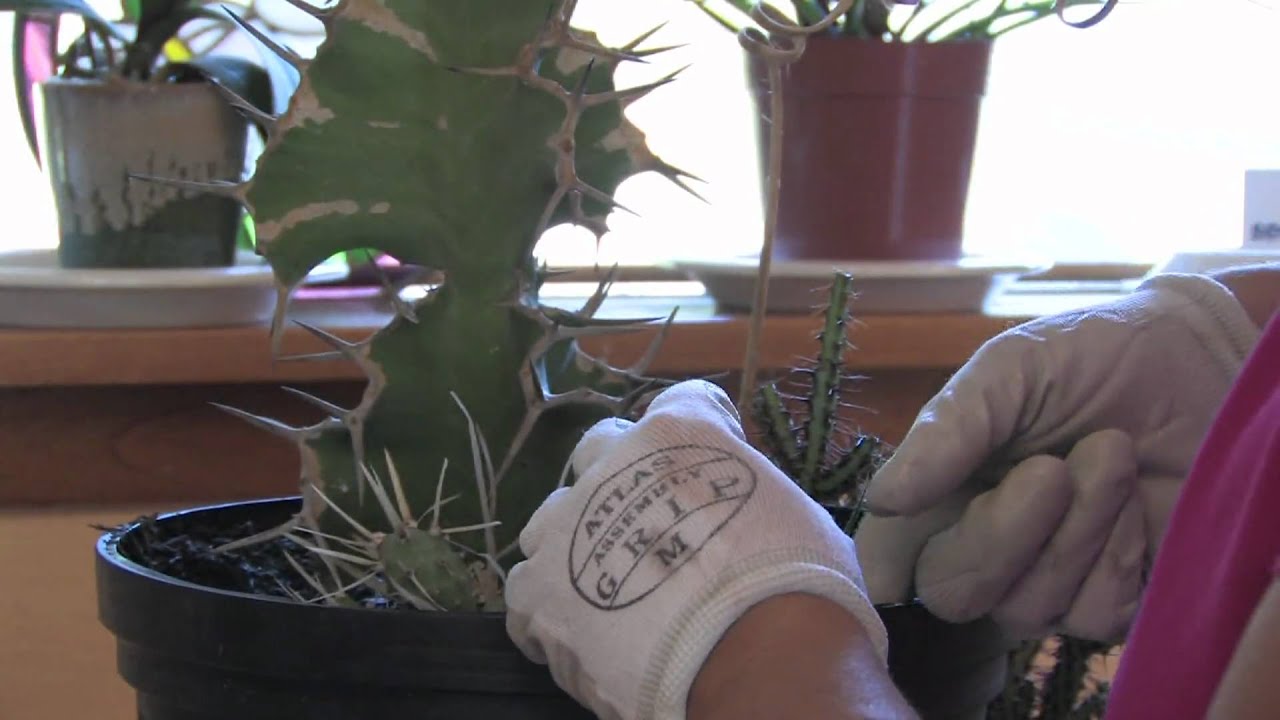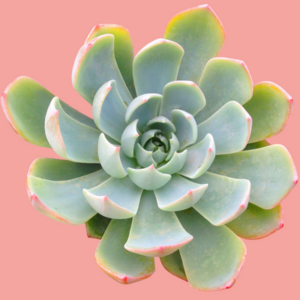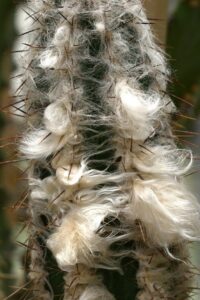Experiencing a broken cactus can be disheartening, especially if it’s a tall, prized specimen that has taken years to nurture. Cacti, with their unique structures and resilient biology, have ways to bounce back, provided that the correct measures are taken promptly. Understanding what to do when your tall cactus breaks in half can make all the difference in its recovery. Whether due to improper handling, environmental changes, or simply an unfortunate accident, address this issue with care and knowledge.
What Comprises a Tall Cactus?
Tall cacti, often from the genera Carnegiea or Pachycereus, are striking additions to any collection. Their impressive stature and ability to thrive in arid climates make them visually appealing and unique. However, these colossal plants come with biological intricacies that can complicate their care. When a tall cactus breaks, it doesn’t simply signify a physical injury; it may indicate a disruption in its physiological processes that require immediate attention.
Understanding the Composition of a Cactus
Before delving into the remedies for a broken cactus, it’s vital to comprehend what makes these plants tick. A cactus is composed primarily of water-storing tissues that allow it to survive in harsh environments. The epidermis, or outer layer, offers protection against pests and environmental stressors. The vascular system, comprising xylem and phloem, is critical for water and nutrient transport. When a cactus breaks in half, significant portions of this system are compromised, necessitating a strategic approach to facilitate healing.
Initial Assessment: Evaluating the Damage
Upon discovering your broken cactus, the first step is to assess the extent of the damage. Is it a clean break, or are there jagged edges? How much of the cactus remains intact? Understanding the severity can guide the next steps. If the break is clean, there may be a chance to propagate the severed portion, while jagged breaks might require different handling to prevent infection and rot.
Hygiene First: Preparing for Treatment
Before any treatment begins, ensure that your tools and workspace are clean. Infection can be a leading cause of cactus death following physical injury, making sanitation critical. Use a sharp, clean knife or cutting tool to trim away any damaged tissues. This helps to minimize the risk of pathogens entering through the exposed areas. Allow the cut edges to dry out for several hours or overnight, which will create a callus and reduce the risk of rot when replanted.
Salvaging the Severed Portion
If you have a clean break, you may choose to propagate the severed portion. Here’s how:
1. **Curing the Cut**: After cutting, let the severed end callus over. This process can take anywhere from a few days to a couple of weeks, depending on the cactus species and environmental humidity. A well-callused end decreases the chance of rot later when planted.
2. **Choosing the Right Medium**: Well-draining soil is critical for cactus health. Consider a cactus mix or make your own blend using sand, perlite, and regular potting soil. This combination promotes drainage, which helps prevent root rot.
3. **Planting the Severed Portion**: Once calloused, plant the cutting in the chosen medium. Insert the severed end into the soil and ensure it is upright. Depending on the size of the cutting, you might need a stake to provide support until it establishes roots.
4. **Maintain Optimal Watering Conditions**: In the weeks following planting, minimize watering. Too much moisture can lead to rot, while insufficient moisture can hinder rooting. Water sparingly, only when the soil completely dries out.
Reinforcing the Damaged Cactus Body
If your tall cactus’s main body remains intact, you can provide support and facilitate healing:
1. **Secure and Stabilize**: Use bamboo stakes or similar support to stabilize the cactus. Secure it gently with soft ties to prevent movement and help the plant heal. Be careful not to injure the remaining tissues.
2. **Avoid Moisture Stress**: Similar to the propagation process, ensure not to overwater the damaged cactus. Adjust your watering schedule to monitor for signs of stress and prevent further complications.
3. **Nutrient Boost**: Depending on the time of year, it may be beneficial to provide a diluted liquid cactus fertilizer. This can encourage healthy new growth, as the plant directs energy towards repairing itself.
Patience is Key: Monitoring the Recovery
As your cactus embarks on its healing journey, patience is paramount. Recovery can take weeks or even months, particularly for tall species that have sustained significant injury. Regularly check for signs of new growth, which indicates successful healing. Be vigilant for any signs of distress, such as discoloration, mushiness, or malodorous odors.
In conclusion, while witnessing a tall cactus break in half can be distressing, with appropriate care and attention, recovery is entirely feasible. By assessing damage, employing clean techniques, and maintaining the right environmental conditions, both the severed portion and intact body have a solid chance for rejuvenation. Cacti are resilient plants; with nurturing and patience, they can thrive even through adversity.





Leave a Comment